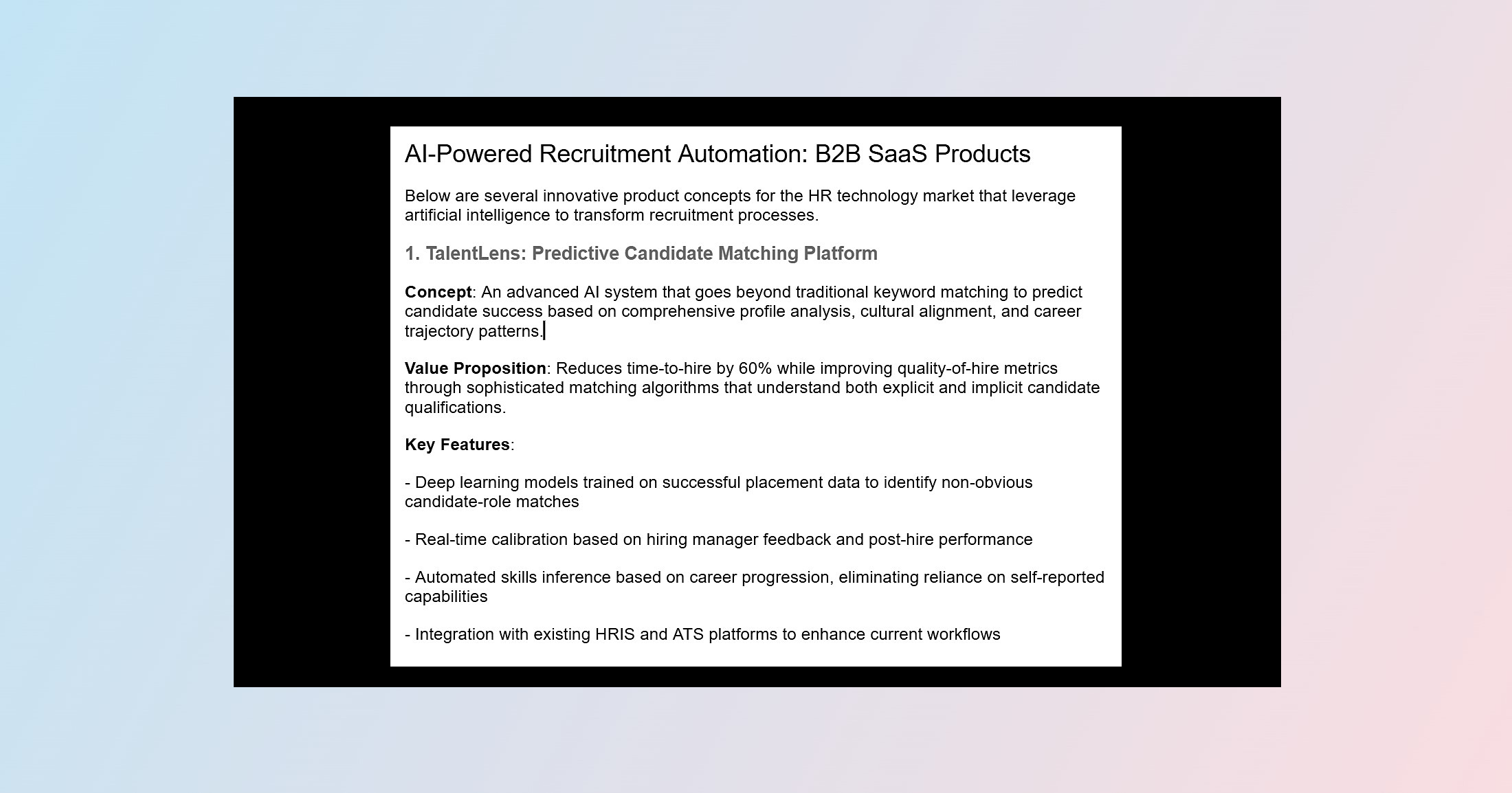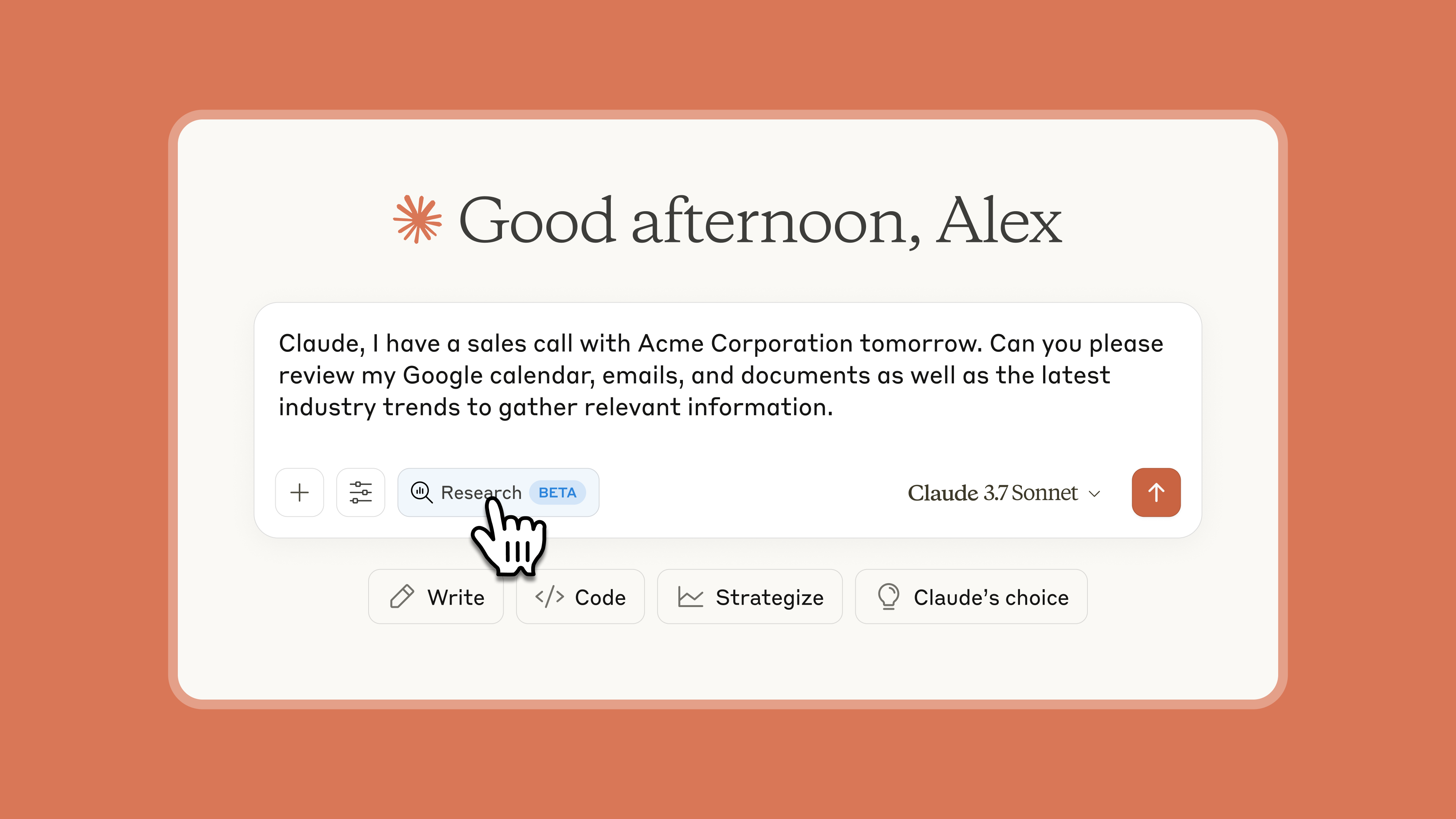Claude is quietly crushing it — here’s why it might be the smartest AI yet

After testing Anthropic’s Claude 3.7 Sonnet I've discoverd that it blends speed and depth in a style few others can. In other words, where most AI models lock you into either fast-but-shallow responses or slow, laborious analysis, Claude 3.7 Sonnet dynamically adjusts its reasoning depth. It can give you a one-sentence answer or a step-by-step breakdown without switching modes.
After playing around with this model, I’ve learned that when tackling something thorny, like untangling code or drafting a nuanced policy analysis, the model works through problems methodically.
Whether I’m data crunching, debugging code, or creative writing, it handles them differently than say, ChatGPT or Gemini. Whether it’s better or worse is up to the user, but for me, it’s different enough that I’m starting to appreciate Claude in new ways.
Here are the five prompts that changed my mind about Anthropic’s latest model.
1. Complex reasoning challenge

Prompt: “You are a policy advisor for a fictional nation facing a water crisis due to climate change. Draft a comprehensive policy proposal that balances environmental sustainability, economic growth, and social equity. Include potential trade-offs and implementation strategies.”
Why it works: This prompt effectively tests Claude 3.7 Sonnet’s advanced reasoning by simulating a real-world policy dilemma.
Asking the model to design a water crisis solution that balances sustainability, economic growth, and social equity forces the AI to navigate trade-offs, structure complex proposals, and demonstrate ethical nuance, revealing its ability to integrate diverse knowledge (climate science, economics, policy) into actionable strategies.
2. Advanced coding task

Prompt:“Develop a web application using React that allows users to input text and receive sentiment analysis in real-time. The app should feature a clean UI, handle asynchronous API calls, and provide visual feedback based on sentiment scores.”
Why it works:
This prompt rigorously tests Claude 3.7 Sonnet’s ability to execute advanced, multi-layered coding tasks by demanding proficiency in frontend development (React), asynchronous logic (API handling), and real-time UI updates, all within a single project.
Get instant access to breaking news, the hottest reviews, great deals and helpful tips.
It evaluates the model’s capacity to integrate technical components seamlessly (e.g., connecting sentiment analysis APIs to dynamic visual feedback) while adhering to modern development standards (clean UI, responsive design).
Beyond raw coding skill, the prompt reveals whether Claude can think like a full-stack developer, balancing technical precision with an intuitive end-product—a key marker of its problem-solving depth in practical engineering scenarios.
3. Data interpretation

Prompt: “Analyze the following dataset on global renewable energy consumption over the past decade. Identify key trends, outliers, and correlations. Present your findings with appropriate visualizations and a summary report.”
Why it works:
This prompt effectively evaluates Claude 3.7 Sonnet’s data science proficiency by requiring it to perform end-to-end analysis. From processing raw data to generating actionable insights, the task tests the model’s ability to detect patterns (trends, correlations), flag anomalies (outliers), and communicate findings clearly through visualizations and a structured report.
By demanding both technical rigor (statistical analysis, visualization best practices) and narrative coherence (summarizing insights for stakeholders), the prompt reveals whether Claude can bridge the gap between quantitative analysis and real-world interpretation — a critical skill for transforming data into decisions.
The open-ended nature of the dataset also challenges the model to prioritize relevance and avoid overgeneralization, showcasing its ability to tailor outputs to context.
4. Creative writing with constraints

Prompt: “Write a short story (500 words) set in a dystopian future where AI governs society. The story should be told from the perspective of a human rebel, incorporate elements of irony, and conclude with an unexpected twist.”
Why it works:
This creative writing prompt tests Claude 3.7 Sonnet's advanced capabilities, as it challenges the model to craft a coherent and engaging narrative within a 500-word limit, adopt a consistent first-person perspective of a human rebel, and incorporate sophisticated literary elements such as irony and an unexpected twist.
This multifaceted prompt effectively evaluates Claude 3.7 Sonnet's ability to generate nuanced, emotionally resonant, and contextually rich content, showcasing its strengths in creative reasoning and storytelling.
5. Logical problem solving

Prompt: “Solve the following logic puzzle: Three friends—Alice, Bob, and Charlie—are wearing hats that are either red or blue. Each can see the others' hats but not their own. They are told that at least one of them is wearing a red hat. They are asked in turn if they know the color of their own hat. The first two say they don't know, but the third says he does. What color is Charlie's hat, and how does he know?”
Why it works:
This prompt effectively tests Sonnet 3.7’s logical reasoning by presenting a classic "hat puzzle" that requires multi-step deduction, contextual awareness, and clear explanation.
The scenario forces the AI to simulate human-like problem-solving—analyzing partial information (each person’s perspective), inferring hidden truths from others’ statements, and arriving at a definitive conclusion (Charlie’s red hat).
Final thoughts
Testing Claude 3.7 Sonnet with these five prompts completely reshaped my opinion of the model. It’s not just fast or clever — it’s adaptable in ways that feel closer to how real human reasoning works.
Whether interpreting data, crafting a narrative, solving complex logic puzzles, or building functional code, Claude 3.7 Sonnet shows an ability to shift its thinking based on the challenge.
While no AI is perfect, Claude’s flexibility, depth, and structured problem-solving have earned it a place in my rotation alongside ChatGPT and Gemini. It’s not just another model — it’s a different way of thinking.
More from Tom's Guide
- These 5 ChatGPT prompts set me up for success every week — here's how
- I put ChatGPT, Gemini and Claude through the same job interview — here’s who got hired
- This tiny prompt change makes ChatGPT way more useful — here’s how

Amanda Caswell is an award-winning journalist, bestselling YA author, and one of today’s leading voices in AI and technology. A celebrated contributor to various news outlets, her sharp insights and relatable storytelling have earned her a loyal readership. Amanda’s work has been recognized with prestigious honors, including outstanding contribution to media.
Known for her ability to bring clarity to even the most complex topics, Amanda seamlessly blends innovation and creativity, inspiring readers to embrace the power of AI and emerging technologies. As a certified prompt engineer, she continues to push the boundaries of how humans and AI can work together.
Beyond her journalism career, Amanda is a long-distance runner and mom of three. She lives in New Jersey.
You must confirm your public display name before commenting
Please logout and then login again, you will then be prompted to enter your display name.










